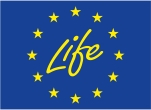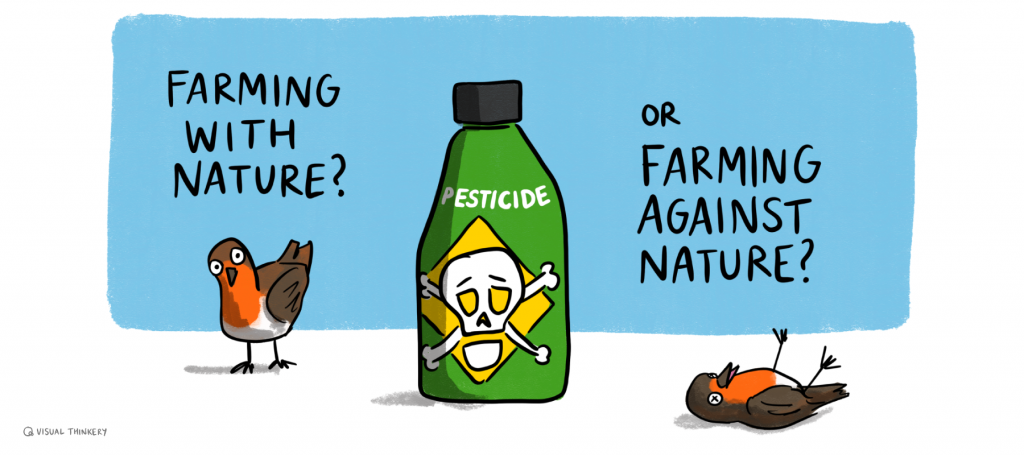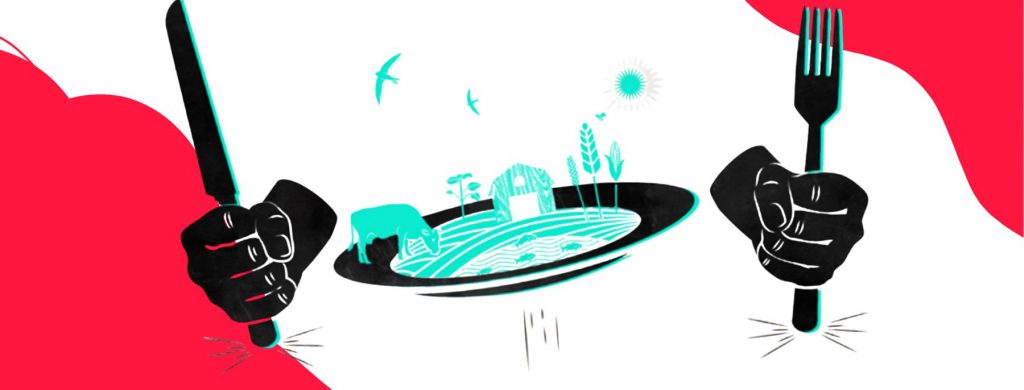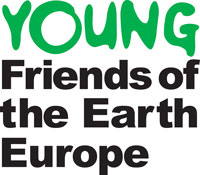Today, members of the Environment Committee (ENVI) of the European Parliament adopted the Sustainable Use of Pesticides Regulation (SUR) and voted in favour of setting binding targets to halve the use and risk of pesticides in the EU. The vote was passed by 47 votes for and 37 against, with 2 abstentions.
With the adoption of the SUR, ENVI MEPs have notably agreed on the reduction of the use of more hazardous pesticides by 65 % by 2030, the adoption of integrated pest management (IPM) and crop specific rules, and a ban on all chemical pesticides in sensitive areas, although exemptions remain possible.
Clara Bourgin, food, farming and nature campaigner at Friends of the Earth Europe, commented:
“Today’s vote is a glimmer of hope when the European Green Deal’s objectives are otherwise in peril. Despite some setbacks and weakening, EU environment lawmakers have rightfully championed binding targets and rules for pesticide reduction, for nature, farmers and citizens’ sake.
It is a big step for the transition towards sustainable food and farming systems, but there is still an elephant in the room: we need an improved indicator to properly measure pesticide reduction and gauge our progress. We now count on fellow MEPs and on Member States to fill the loopholes and ensure a swift adoption of a strong Regulation.”
Concerns raised by environmental groups, the organic movement as well as environmental agencies over the main indicator used to measure pesticide reduction (called Harmonised Risk Indicator I) have not been addressed by the Environment Committee. This indicator is volume-based and thus discriminates against less harmful substances that need to be used in larger amounts.
All Members of the European Parliament will then gather in Strasbourg to vote on November 20-23. The timeline for the Council is still unclear but a position should be finalised before the end of the year.
Time is ticking. With the EU elections coming up in June 2024, how fast discussions on the SUR can be concluded is key for the success of the regulation.

This publication is co-funded by the European Union. Views and opinions expressed are however those of the author(s) only and do not necessarily reflect those of the European Union or CINEA. Neither the European Union nor the granting authority can be held responsible for them







